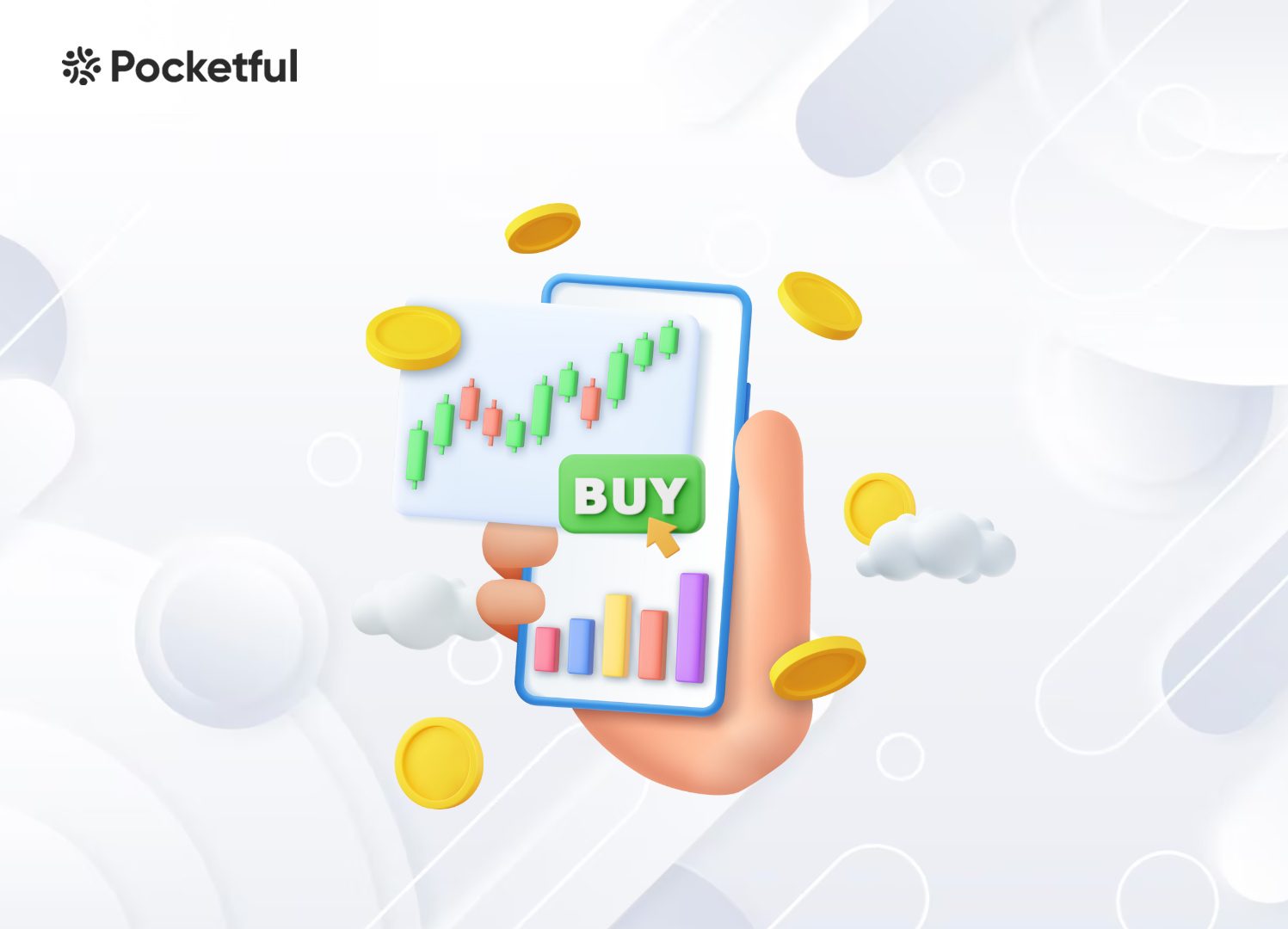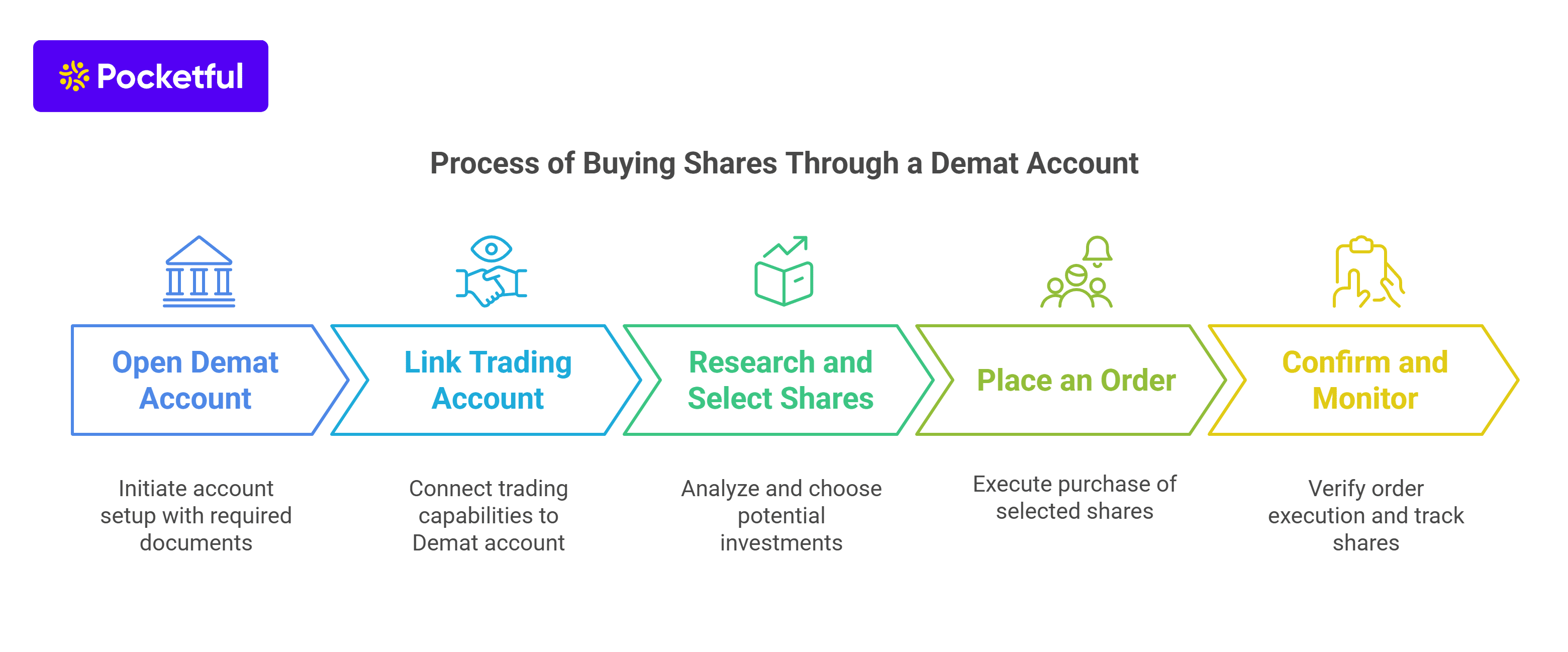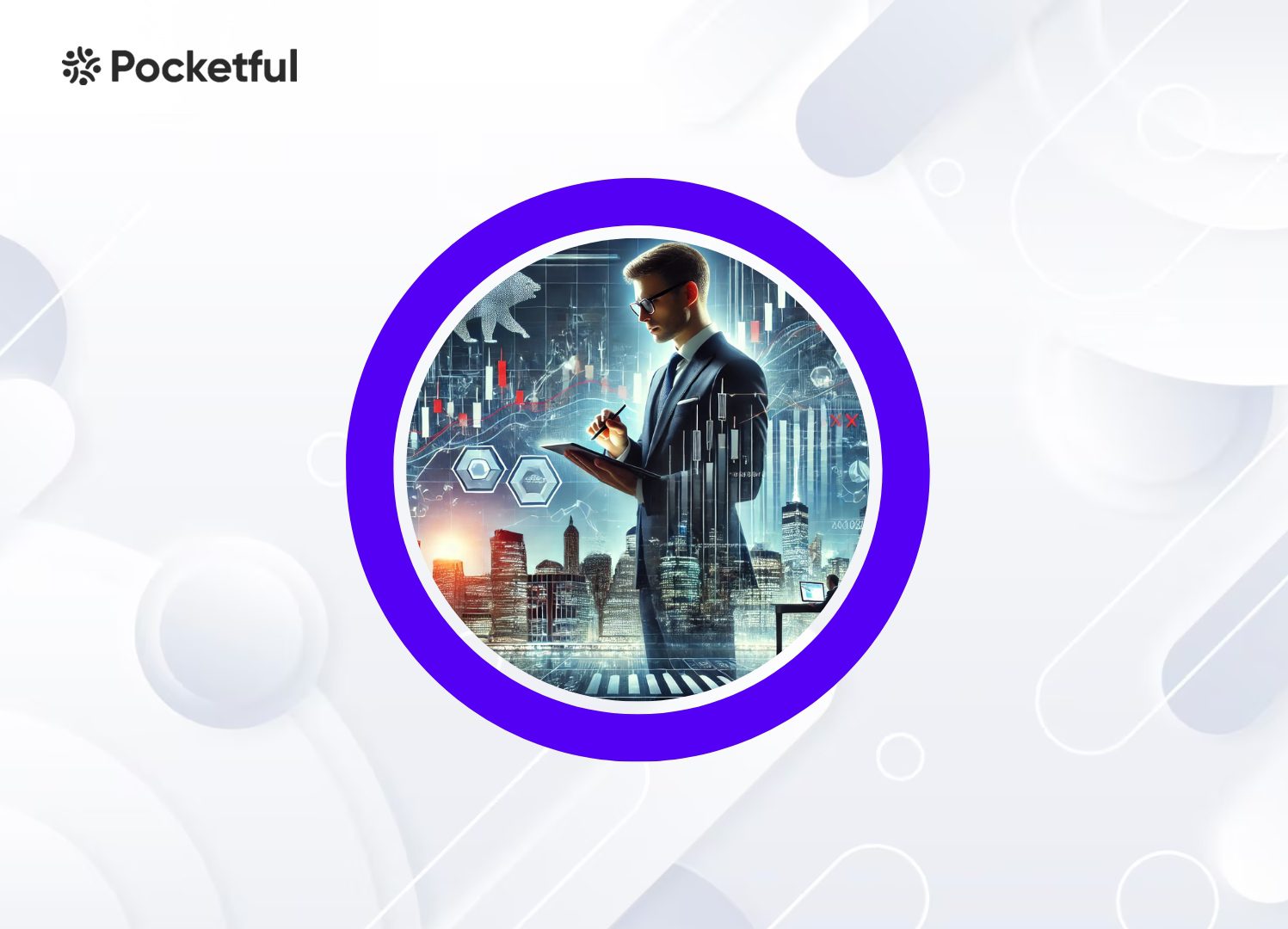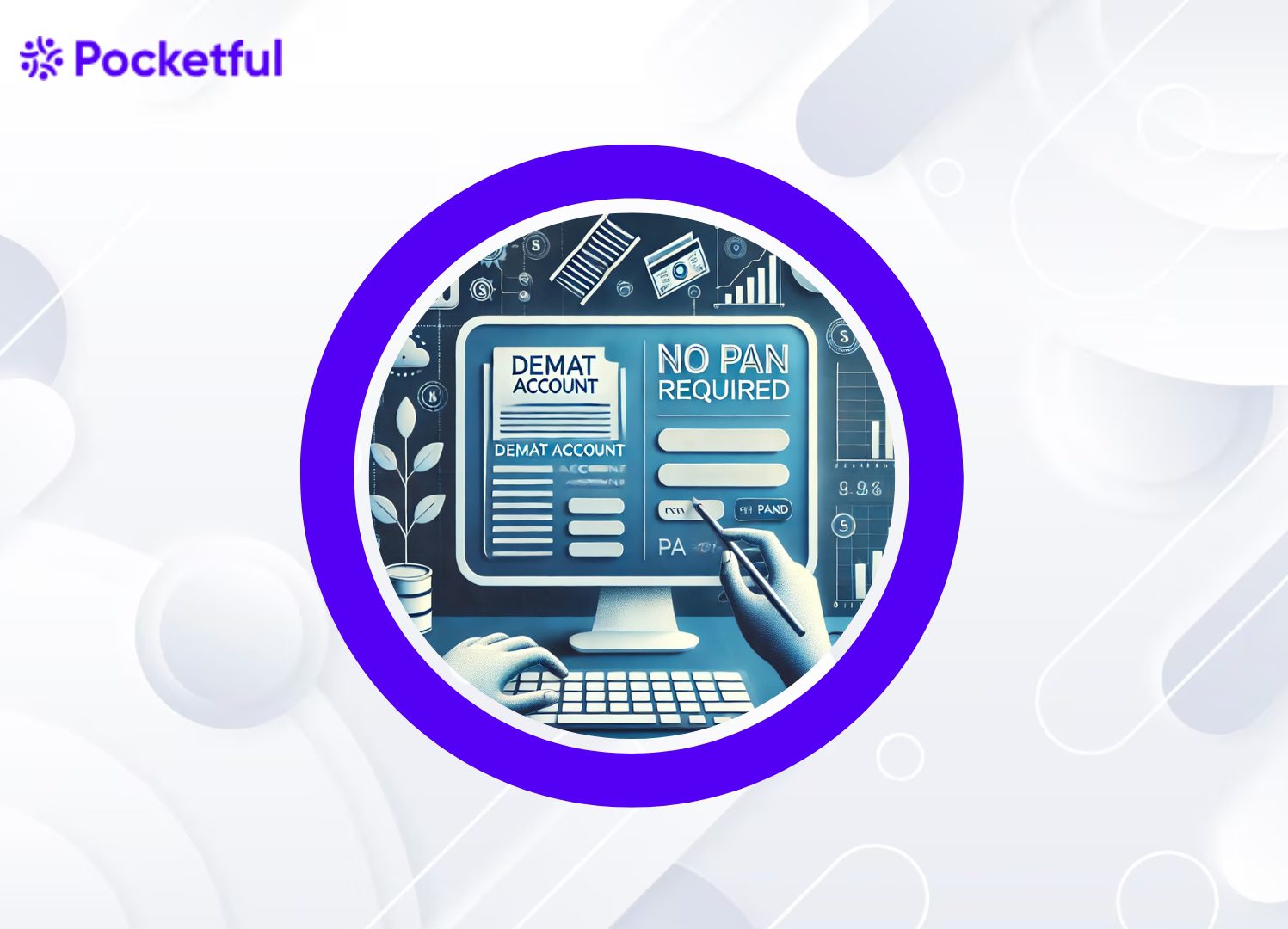Intraday trading is a high-risk and high-reward process. You can make informed trading decisions with the technical tool of the pivot point indicator. If you’re wondering what a pivot point is in trading, traders consider it a powerful technique to identify potential entry and exit points in the market.
Pivot Points in Intraday Trading
Pivot points in trading are a technical tool used to calculate the key price levels that act as resistance and support for a particular asset. It can be used over different time frames. Pivot points are basically a set of levels that take into account the previous day’s price action. With potential support and resistance levels factored in the calculation of pivot points, traders can gauge market direction and price targets.
There are different ways in which traders use the pivot point trading strategy. Out of which the central aspect is to look for areas where the asset price is expected to undergo reversal, continue, or consolidate. Pivot points offer insights into whether a market is going through an uptrend, downtrend, or standard consolidation.
What are the Best Pivot Points for Intraday?
The ideal pivot points for intraday trading are:
- Standard Pivot Points
- Fibonacci Pivot Points
- Woodie’s Pivot Points
- Camarilla Pivot Points
Each type of pivot point is unique in terms of how levels are calculated. The main goal is to determine key support and resistance levels. Among these, standard pivot points are most commonly used in intraday trading due to their ability to formulate precise and reliable levels to base trading decisions.
Traders who prefer accuracy when analyzing retracements use Fibonacci Pivot Points. Woodie’s and Camarilla’s pivot points require advanced calculation methodologies, which traders prefer during dynamic and volatile market conditions.
Read Also: Top 10 Highest Leverage Brokers in India
How to Use Pivot Points Effectively?
Pivot points are essential technical analysis indicators for intraday traders. These levels provide valuable insight into potential price movements and can help you make informed trading decisions.
There are two primary strategies for using pivot points: the pivot point bounce strategy and the pivot point breakout strategy.
Pivot Point Bounce Strategy
The pivot point bounce strategy focuses on price reversals at pivot points. A buy signal occurs when the price touches the pivot point, which is categorized as support, and then reverses upward. A sell signal is generated when the price touches the pivot point, which is categorized as resistance, and reverses downward. Expert traders time their entries and exits near support levels and resistance levels to maximize potential gains.
Pivot Point Breakout Strategy
The breakout strategy involves anticipating price movements beyond the pivot points. A bullish breakout happens when the price moves above the pivot point, which indicates upward momentum. Traders may enter long positions to capitalize on bullish movement.
A bearish breakout occurs when the price falls below the support level. This signals downward momentum, which prompts traders to create short positions.
Note: To make better trading decisions, pivot points are often used in conjunction with other technical indicators. These include moving averages and the Relative Strength Index (RSI). You can use these indicators to confirm the strength of support and resistance levels.
Read Also: Bank NIFTY Intraday Options Trading: Steps, Strategies & Tips
How To Calculate Pivot Points Levels?
The pivot point trading strategy revolves around calculating the main pivot point (P). After this, the support and resistance levels are calculated by holding on to this baseline pivot. Here’s how you can use pivot point indicators in your intraday trading:
1. Location of the Pivot Point (P)
To calculate the main pivot point (P), we need the high, low, and close prices of the previous trading day. The formula is:
Pivot Point (P) = (High + Low + Close) / 3
2. Identify Support and Resistance Levels
To identify support and resistance values, you must utilize the pivot point. These levels are key to determining potential price movements. Here’s a basic structure:
- Resistance 1 (R1) = 2 * P – Low
- Support 1 (S1) = 2 * P – High.
- Resistance 2 (R2) = P + (High – Low)
- Support 2 (S2) = P – (High – Low)
These levels help you identify entry and exit points for your trades.
Read Also: What is Price Action Trading & Price Action Strategy?
Benefits of Pivot Points
The benefits of using Pivot Points are:
- Objective Levels: Pivot points provide clear, mathematical levels to guide trading decisions.
- Predict Market Reversals: Pivot points lead to the location of reversal points, allowing traders to enter or exit positions in a potential profit-oriented way.
- Effective for All Markets: Pivot points work well in both volatile and stable markets. Pivot points are versatile technical analysis tools that can be used for futures and forex.
Read Also: Top Indicators Used By Intraday Traders In Scalping
Combining Pivot Points with Other Indicators
Combining pivot points with other indicators enhances the accuracy of predicting future price movements.
- You can integrate moving averages to filter out false signals and, at the same time, use the candlestick patterns to predict potential reversals.
- Confirmations from other indicators can lead to improved trading decisions.
Conclusion
Traders can benefit from pivot points because these price levels deliver important market insights. If the price reaches a support level and immediately stages a bounce back, it could be a robust signal to go long. Choosing between Fibonacci pivot points and standard pivot points depends on your trading strategy, as one works better in consolidating markets while the other performs well in volatile market conditions.
Read Also: Trading For Beginners: 5 Things Every Trader Should Know
Frequently Asked Questions (FAQs)
What are the pivot points in intraday trading?
Pivot points are technical indicators that help traders identify key support and resistance levels based on the previous day’s high, low, and close prices, helping you make informed entry and exit decisions.
How do traders use pivot points?
Traders use pivot points for bounce and breakout strategies, determining price reversals or momentum shifts. They often combine them with indicators like moving averages and RSI for accuracy.
Which pivot points are best for intraday trading?
Standard pivot points are the most commonly used, while Fibonacci pivot points are preferred for retracements. Woodie’s and Camarilla’s pivot points are used in dynamic and volatile markets.
How are pivot points calculated?
The main pivot point is calculated as (High + Low + Close) / 3, with support and resistance levels derived from this baseline to predict potential price movements.
Why should traders use pivot points?
Pivot points provide objective levels for market analysis, predict potential reversals, and work across different markets, including stocks, forex, and futures, enhancing trading efficiency.















